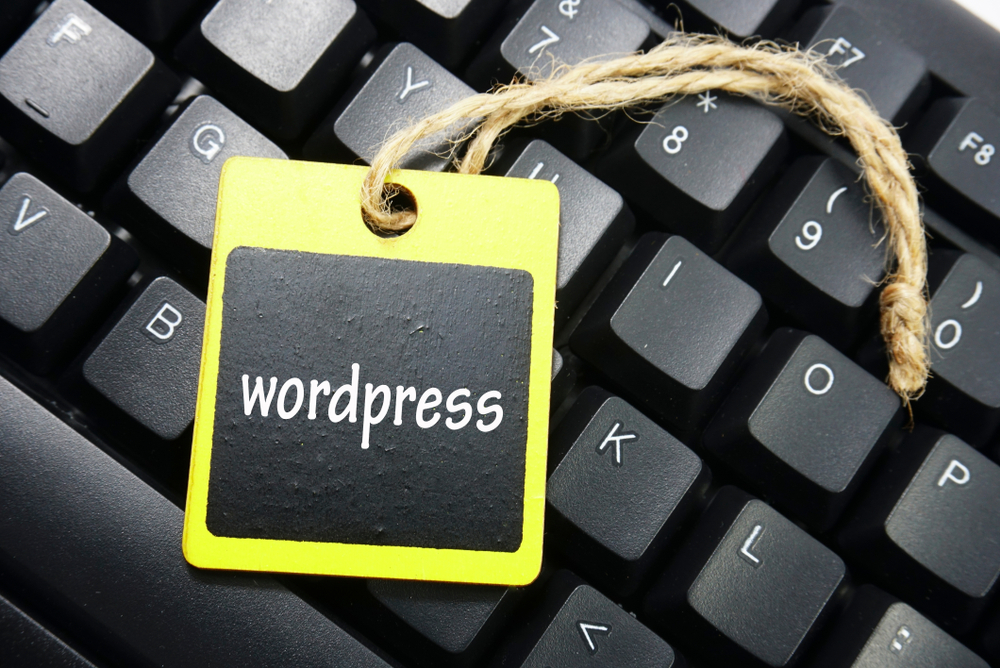
Are you interested in starting a blog but unsure where to begin? Blogging can be a rewarding creative outlet, a platform to share your passions, or even a source of income. Whether you're a beginner or have some experience with blogging, this guide will provide you with the essential steps to start and maintain a successful blog.
Choosing a Niche
One of the first steps in starting a blog is deciding on a niche. Your niche should be something you are passionate about and have knowledge of. This will help you create content that is authentic and engaging for your readers. Consider what topics you are interested in and what you can offer that is unique or different from other blog .
When selecting a niche, it's also important to consider the potential audience. Is there a demand for content in this niche? Are there other successful weblog in this niche? Researching your niche can help you understand the competition and identify ways to differentiate your blog.
Choosing a Blogging Platform
Once you have decided on a niche, the next step is choosing a blogging platform. There are many options available, ranging from free platforms to self-hosted websites. Some popular blogging platforms include WordPress, Blogger, and Medium.
When choosing a platform, consider your technical skills and budget. Free platforms are easy to set up and use, but may have limitations in terms of customization and monetization options. Self-hosted websites offer more flexibility and control, but require more technical knowledge and a hosting plan.
Creating Quality Content
Content is king in the world of blogging. To attract and retain readers, you need to create high-quality, engaging content on a consistent basis. Consider what type of content your audience is looking for and how you can provide value to them.
Some popular types of content for weblog website include how-to guides, listicles, product reviews, personal stories, and opinion pieces. Experiment with different formats and topics to see what resonates with your audience. Be sure to also include images, videos, and other multimedia elements to enhance your content.
Promoting Your Blog
After creating quality content, the next step is promoting your blog to attract readers. There are many ways to promote your blog, including social media, email marketing, SEO, guest posting, and collaborations with other bloggers.
Utilize social media platforms like Facebook, Twitter, Instagram, and Pinterest to share your blog posts and engage with your audience. Email marketing can help you build a loyal following and drive traffic to your blog. SEO is essential for improving your blog's visibility in search engine results.
Engaging with Your Audience
Engaging with your audience is key to building a successful blog. Respond to comments on your blog posts, interact with readers on social media, and encourage feedback and suggestions. Building a community around your blog can help you create a loyal following and establish your authority in your niche.
Monetizing Your Blog
If you're interested in making money from your blog, there are several ways to monetize your content. Some popular monetization methods include display advertising, sponsored posts, affiliate marketing, selling digital or physical products, and offering online courses or services.
When monetizing your blog, it's important to disclose sponsored content and affiliate links to maintain transparency with your audience. Experiment with different monetization methods to see what works best for your blog and audience.
Frequently Asked Questions
1. How often should I publish new blog posts?
The frequency of your blog posts will depend on your niche, audience, and schedule. Consistency is key, so aim to publish new content regularly, whether it's once a week, twice a week, or even daily. Experiment with different posting schedules to see what works best for your blog.
2. How long should my blog posts be?
There is no set rule for the length of blog posts, as it can vary depending on the topic and audience. However, aim to create content that is comprehensive and valuable to your readers. Typically, blog posts range from 500 to 2000 words, but feel free to experiment with different lengths to see what resonates with your audience.
3. How can I drive traffic to my blog?
There are many ways to drive traffic to your blog, including social media, SEO, guest posting, collaborations, and email marketing. Share your blog posts on social media platforms, optimize your content for search engines, guest post on other weblog site in your niche, collaborate with influencers or other bloggers, and build an email list to promote your blog to a wider audience.
4. How can I monetize my blog?
There are several ways to monetize your blog, including display advertising, sponsored posts, affiliate marketing, selling products or services, and offering online blog site courses. Experiment with different monetization methods to see what works best for your blog and audience. Be transparent with your audience when promoting sponsored content or affiliate links.
5. How can I grow my email list?
To grow your email list, offer valuable incentives for readers to subscribe, such as free e-books, checklists, or exclusive content. Place opt-in forms strategically on your blog, create lead magnets to attract subscribers, and promote your email list on social media and other channels. Engage with your subscribers by sending regular newsletters and updates to keep them interested in your blog.
Other useful resources